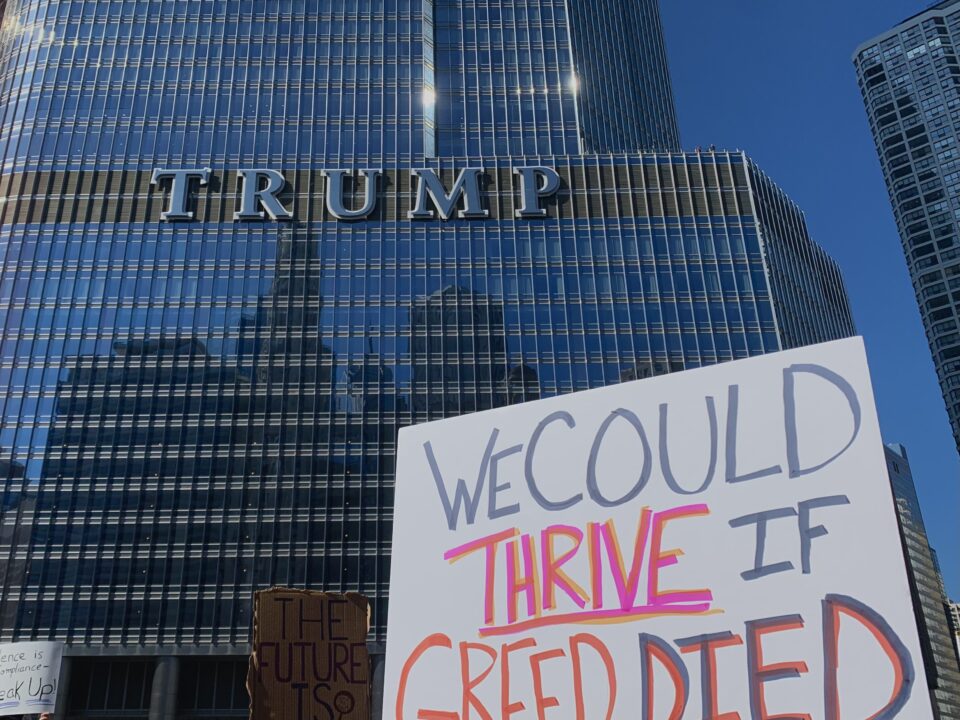Keeping up with the strike: everything you need to know about the ongoing WGA and SAG-AFTRA strike
Throughout the country, writers, actors, and supporters of the WGA and SAG-AFTRA have been on strike. But what really does this strike mean? And what does it mean for the future of entertainment content?
Who are the WGA and SAG-AFTRA?
The Writers Guild of America (WGA) and The Screen Actors Guild and American Federation of Television and Radio Artists (SAG-AFTRA) are both labor unions within the entertainment industry.
Why are they striking?
In May, the WGA went on strike, and the SAG-AFTRA joined them in July. Both are striking over ongoing labor disputes with the Alliance of Motion Picture and Television Producers (AMPTP.)
They represent over 350 American television and film production companies including Amazon, Apple, Disney, Warner Bros. Discovery, Netflix, and NBCUniversal.
When it comes to the WGA, there are currently only agreements in place for writers who work on broadcast television shows, not streaming television. This means writers have to negotiate individually with streaming companies for their pay.
Median pay at the higher writer and producer level has fallen by 4% over the last decade, and many writers struggle to make a living even when working at these higher levels.
Dylan Guerra recently worked on season three of the Max Original “The Other Two” and he was paid $3,200 per week for those 15 weeks.
This may seem like a lot, but when union dues, agent fees, and other living expenses are taken into account, it’s significantly less. Not to mention, this pay for 15 weeks of work has to last him for months in between gigs.
Actors are having a similar issue.
For example, the minimum amount of money a performer must earn in order to qualify for the union’s health plan is $26,470.
According to Shaan Sharma, an actor and SAG-AFTRA board member, only about 12.7% of members qualify for this health plan.
Another issue is something called mini rooms. Mini rooms are money-saving tactics used by studios that usually consist of the showrunner(s) and two or three other writers who are paid to write a series in a short amount of time for little pay.
This causes writing to become a gig job rather than a stable career and keeps many writers off-set and out of the production process.
Another concern that has been taking up headlines is AI (Artificial Intelligence). The WGA wants to make sure that AI programs, such as ChatGPT, are only used to aid writers in areas such as research, not content creation.
SAG-AFTRA is on strike for similar reasons, especially surrounding pay. Residuals are how actors are financially compensated in areas such as reruns and syndication and are a large part of negotiation talks.
These conversations also surround streaming services, and SAG-AFTRA is demanding streaming residuals based partly on viewership levels.
One SAG-AFTRA member, Kellee Stewart, who had appeared in shows such as “All American” and “Black-ish” shared screenshots on X, formerly known as Twitter, of five residual payments from streaming services totaling just 13 cents.
Sheri Holman is a writer and executive producer of Apple TV+’s “Palm Royal” and one of her residual checks for the show was only $8.
Similar to the WGA, SAG-AFTRA also has concerns over AI. The biggest talks surround the idea of who owns an actor’s likeness if it is reproduced by AI.
What does the strike mean for films and television shows?
The first shows to be impacted by the strike were late-night talk and sketch shows such as “Saturday Night Live” or “The Tonight Show.” Popular shows such as “Euphoria” and “Stranger Things” have also all been delayed due to the strike.
When it comes to films, studios within the AMPTP claim to have enough content to outlast those striking. That being said, movies such as “Dune Part Two” and “Spiderman-Man Beyond the Spider-Verse” have already been delayed with more to come.
Also, actors who are part of SAG-AFTRA aren’t allowed to promote any struck work, including new movie releases.
This strike only affects American film and TV, so foreign projects will continue to be made.
There are some companies that have been given permission to continue production. For instance, two A24 films were given permission by SAG-AFTRA to keep filming, as they agreed to all of the union’s terms.
How long will the strike last?
The last time the WGA went on strike was in 2007, and it lasted 100 days. The last SAG-AFTRA strike was in 1960 and lasted for three months.
The WGA strike, as of this issue’s release, is currently going on day 134. The SAG-AFTRA strike, on the other hand, is going on day 61.
CEO of Disney, Bob Iger, has gone on record saying that the labor unions must “be realistic about the business environment and what this business can deliver.”
Meanwhile in 2022, Iger’s total pay package was $15 million, and in 2023, he has the potential to earn $27 million.
The AMPTP has said that they plan to wait out those striking, so there’s no way to tell how much longer this strike will continue.

